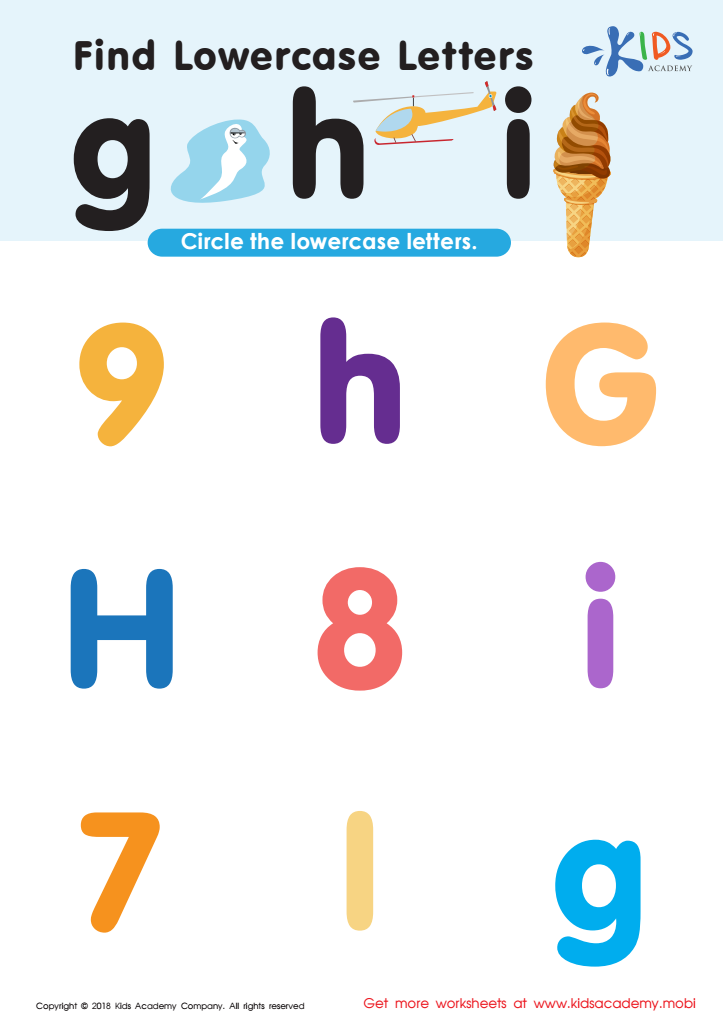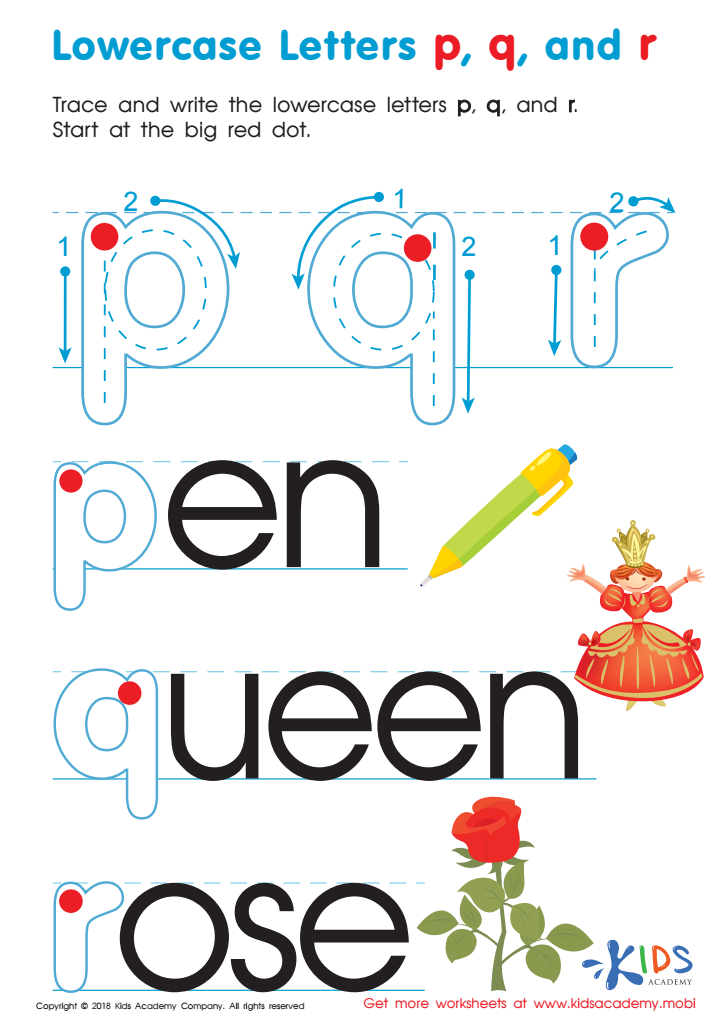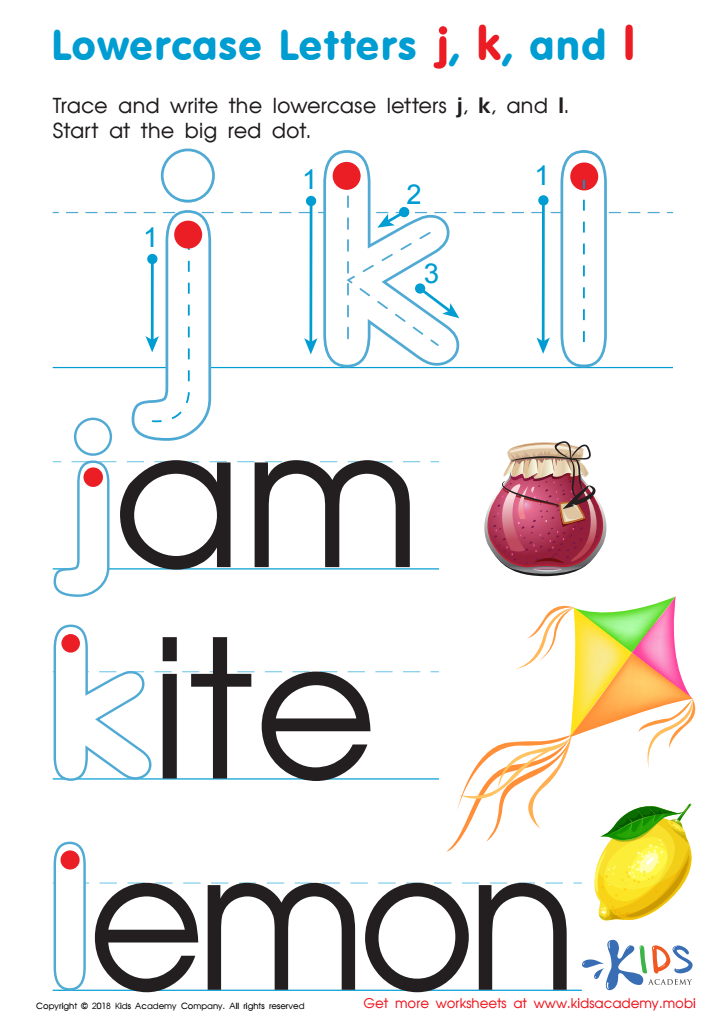Alphabet sequencing Normal Upper & Lowercase Letters Worksheets for Ages 6-9
4 filtered results
-
From - To
Introduce young learners, ages 6-9, to the fundamental skill of alphabet sequencing with our engaging worksheets that feature both uppercase and lowercase letters. These expertly designed activities help children practice letter recognition, improve their understanding of alphabetical order, and enhance their reading and writing abilities. Perfect for classroom and home use, our worksheets provide an interactive and fun way for kids to grasp the concept of letter sequencing effortlessly. Empower your students with the confidence they need in language development with our Alphabet Sequencing Worksheets. Download now from Kids Academy and watch their skills soar!


Find Lowercase Letters g h i Worksheet


Lowercase Letters p q r Worksheet


Uppercase Letters Maze Worksheet


Lowercase Letters j k l Worksheet
Parents and teachers should place significant emphasis on alphabet sequencing in both uppercase and lowercase letters for children aged 6-9 because it is foundational for literacy development. During these formative years, children hone their ability to recognize and differentiate between the letters of the alphabet, a skill crucial for reading and writing proficiency.
Alphabet sequencing reinforces the understanding of the alphabetic principle, the concept that letters and their corresponding sounds form the building blocks of language. Mastery of this principle is vital for phonemic awareness, enabling children to decode words efficiently and helping them in spelling and vocabulary development.
Moreover, recognizing and sequencing uppercase and lowercase letters aid brain development by enhancing visual discrimination skills. Children learn to distinguish between similar-looking letters like "b" and "d" (lowercase) or "P" and "R" (uppercase), preventing confusion in reading and writing tasks.
Additionally, early competency in alphabet sequencing fosters a positive learning experience, boosting children's confidence and motivation in school. It equips them with essential skills to perform better academically and enjoy a smoother transition to more complex literacy tasks, laying the groundwork for lifelong learning and effective communication skills. Therefore, parents and teachers must give due attention to this critical aspect of early education.
 Assign to My Students
Assign to My Students












